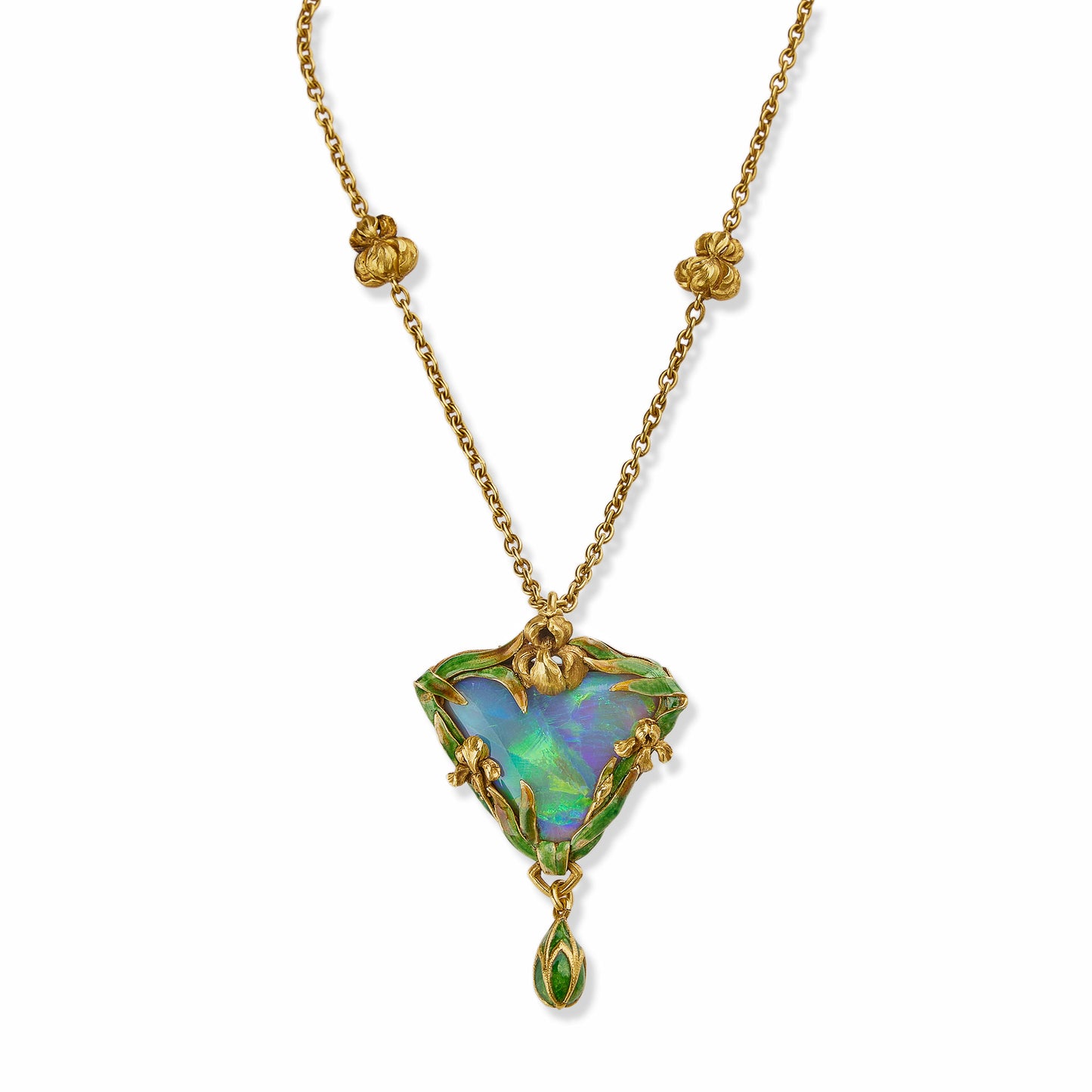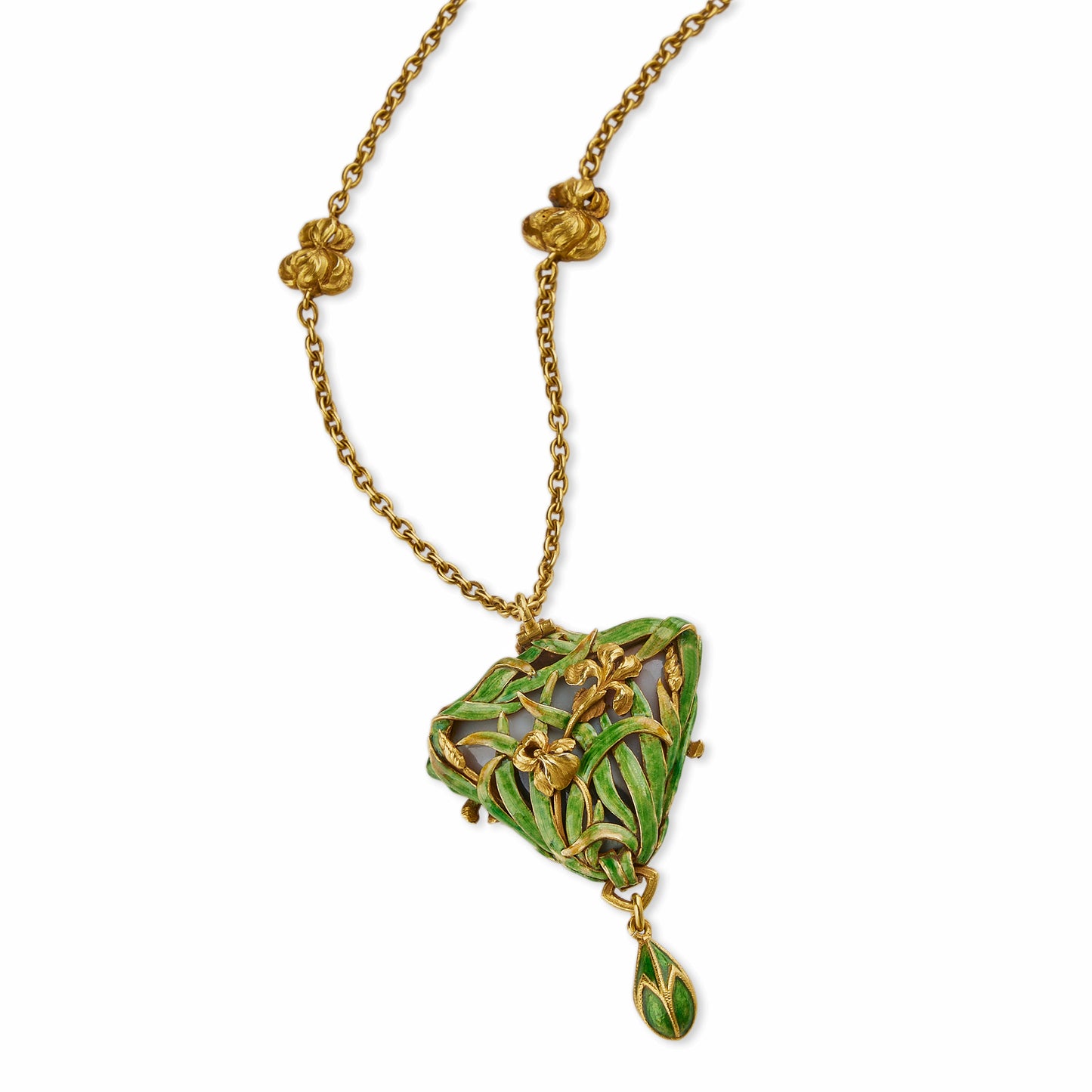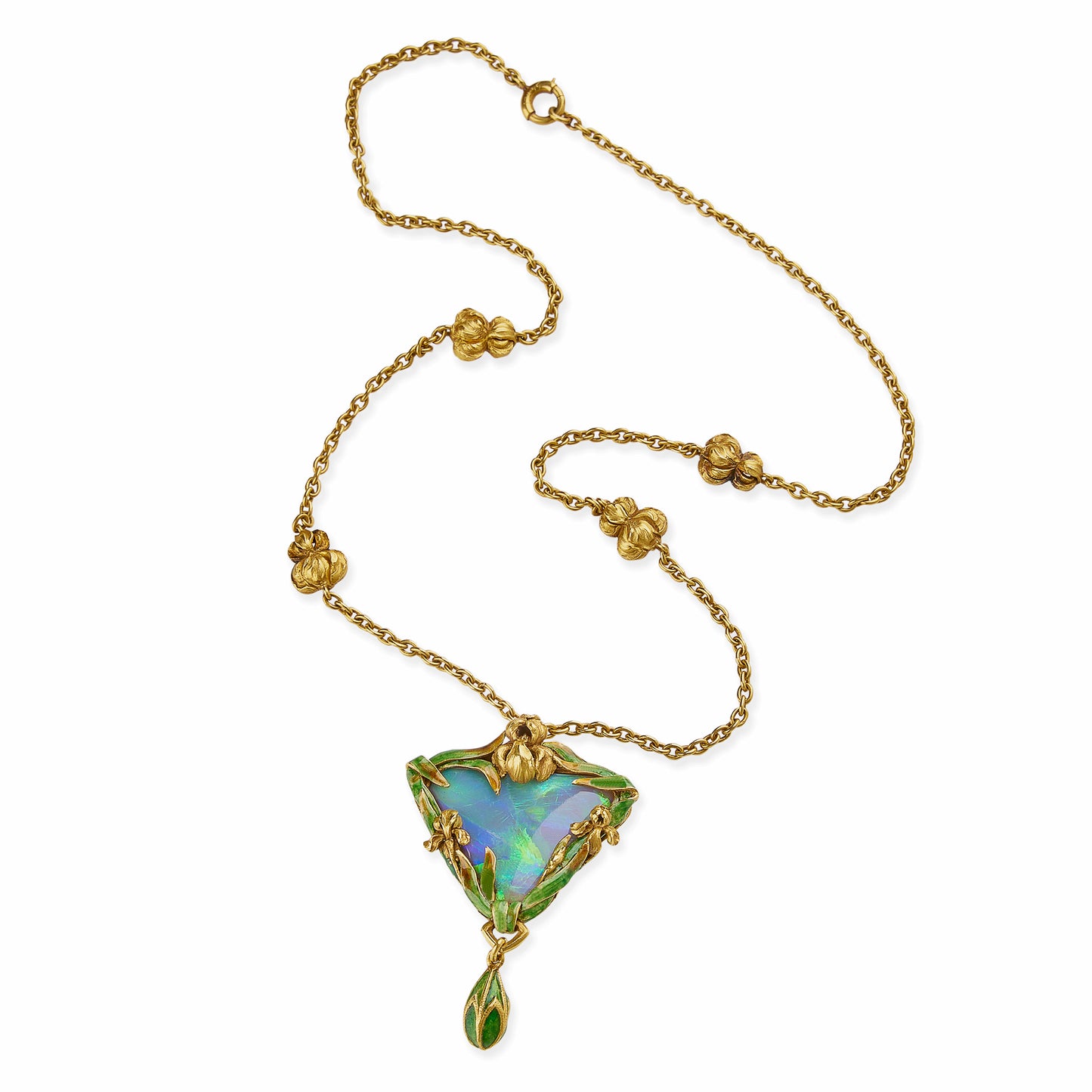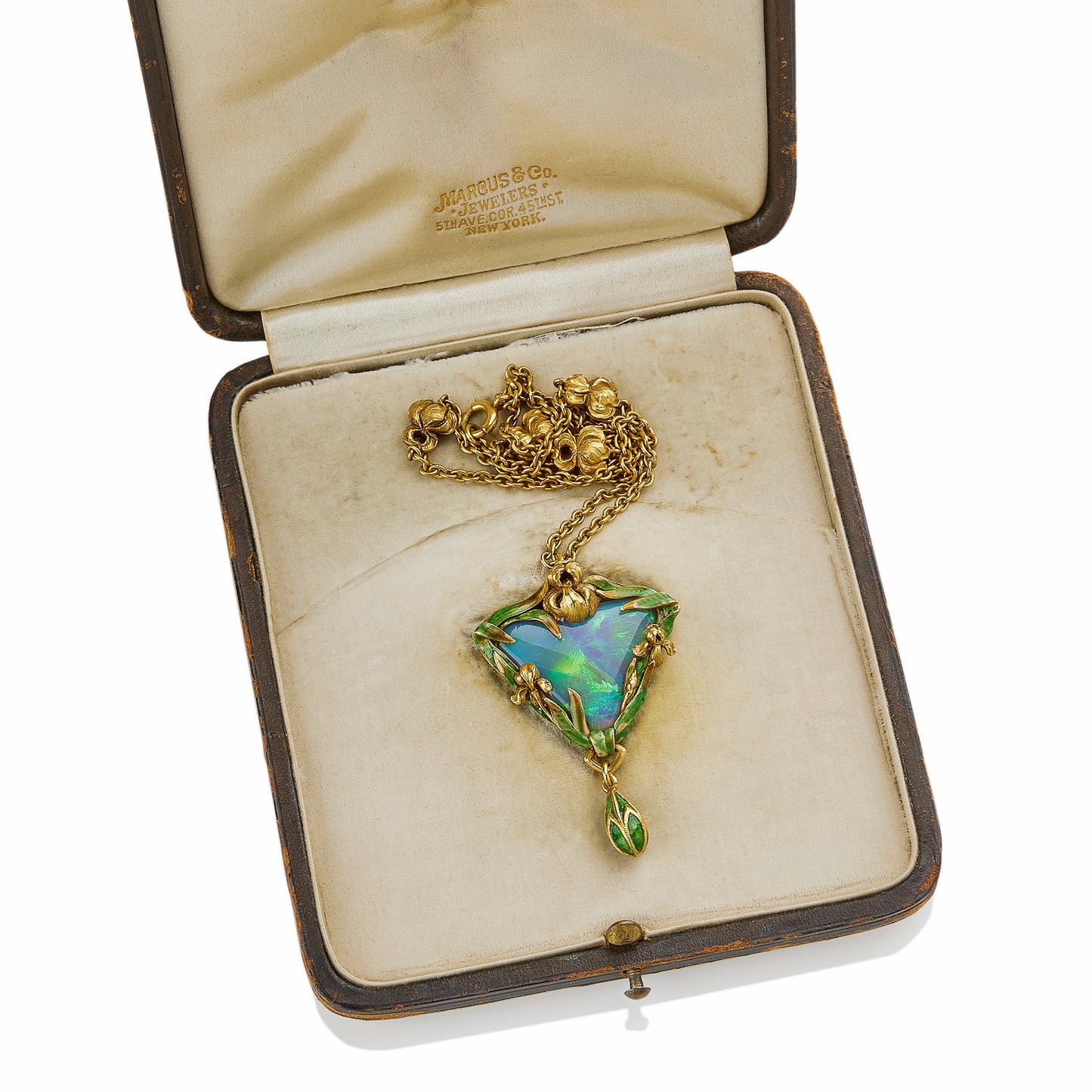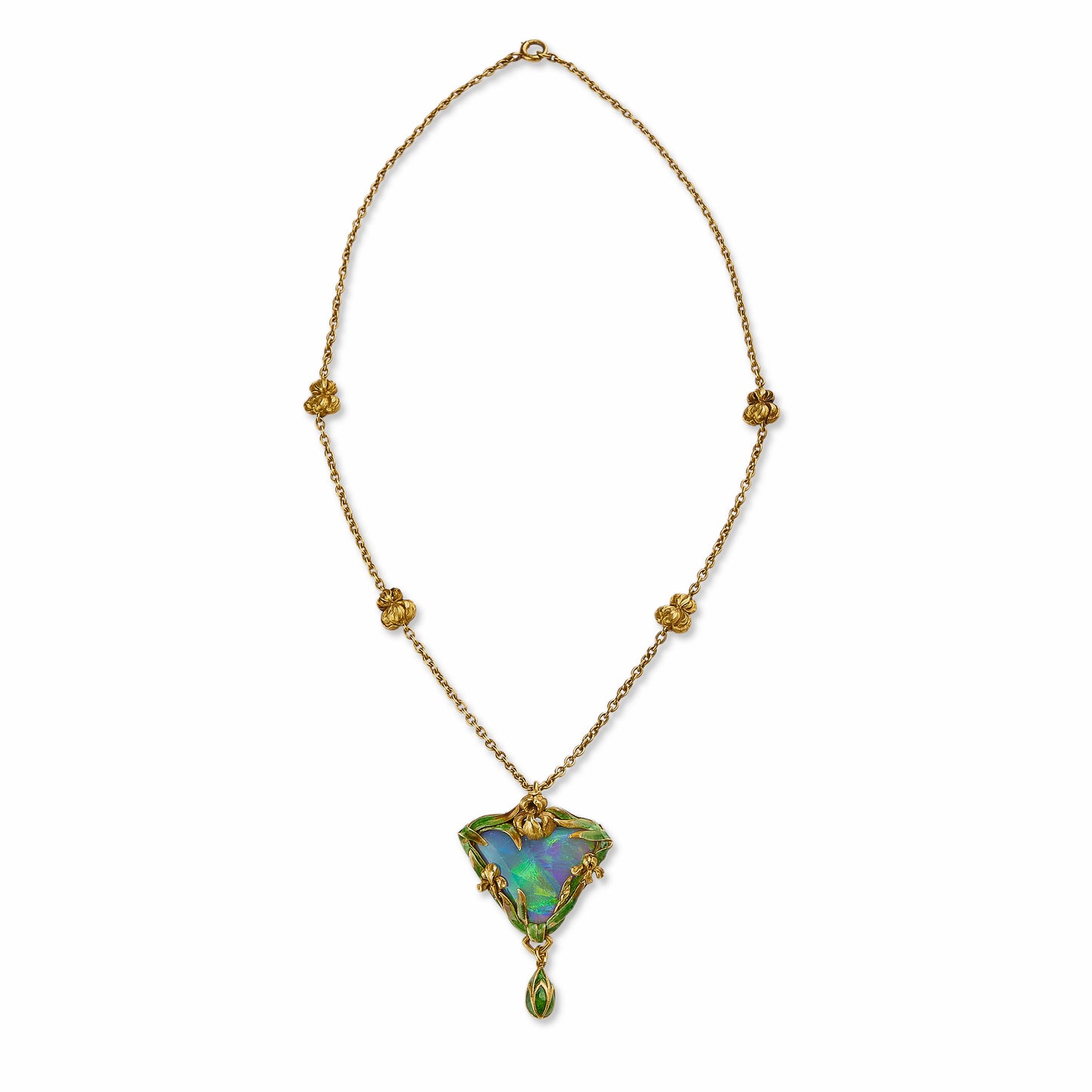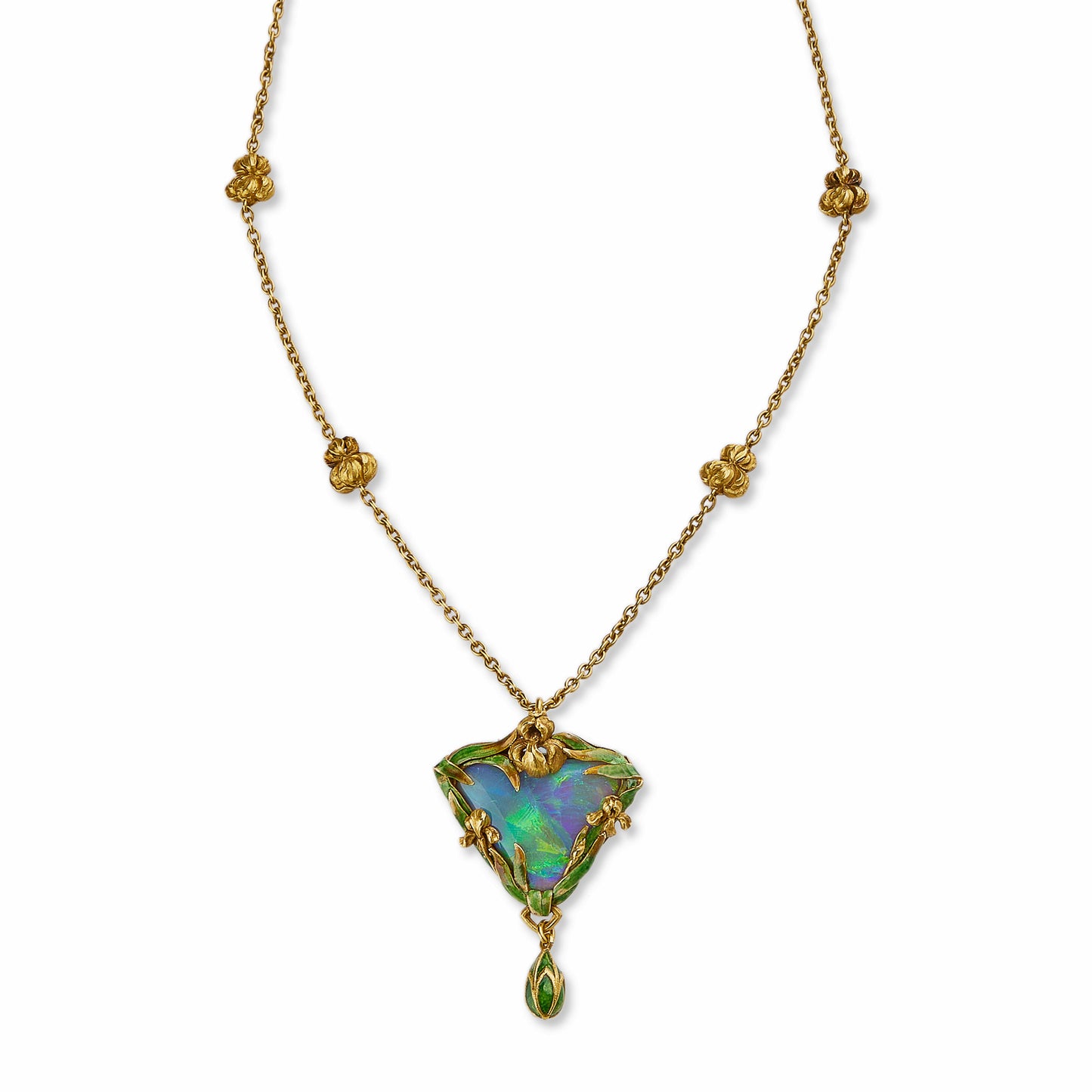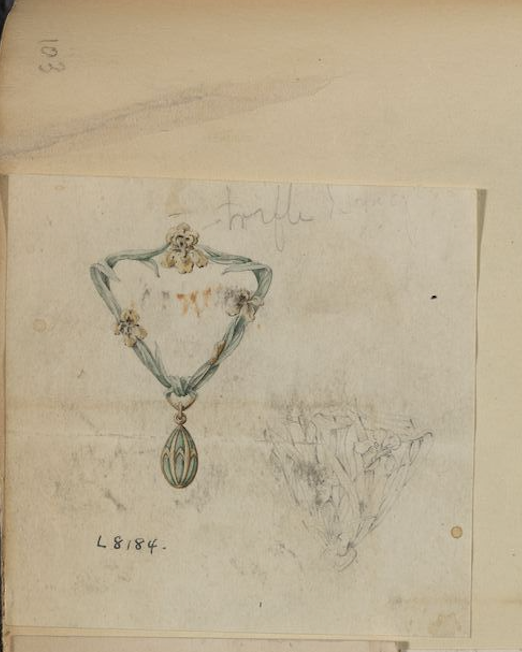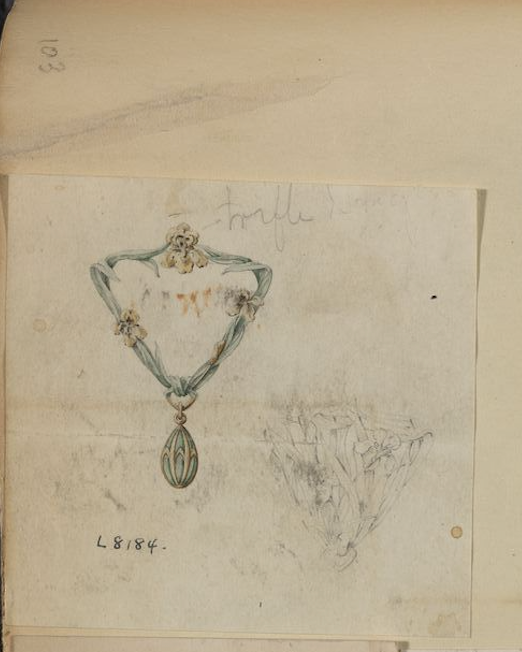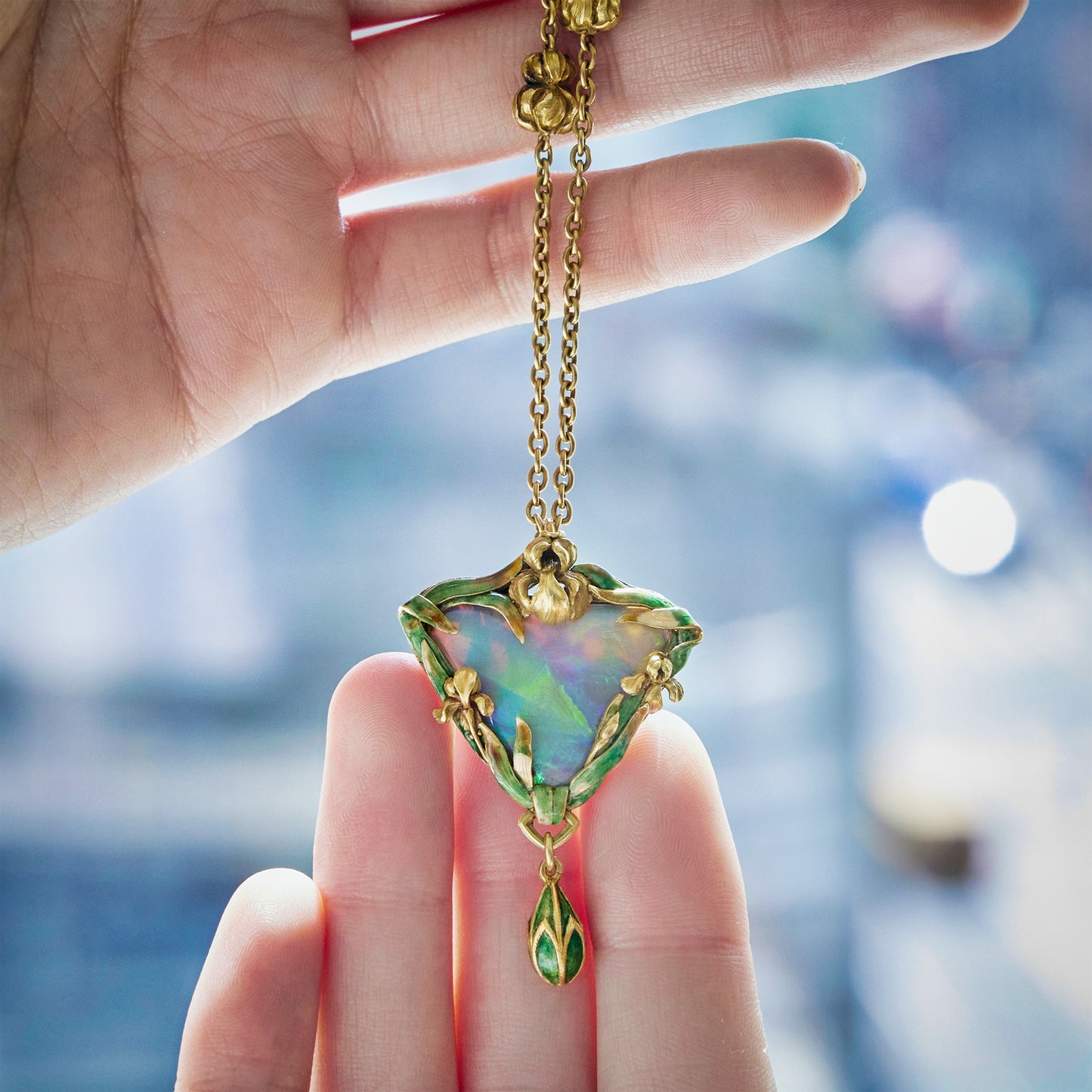Marcus & Co. Black Opal and Enamel Pendant Necklace
Item #: N-21004
Artist: Attributed to George Marcus, Marcus & Co., New York
Country: United States
Circa: 1899-1901
Dimensions: 16.00" length
Materials: Shaped black opal; Basse Taille and Champleve Enamel; 18K Gold
Signed: numbered 17435 and 8969, in fitted and signed period box.
Literature: A more elaborate pendant necklace belonging to this theme, dating from c. 1905-6, resides in the collection of the Metropolitan Museum of Art (2015.588) and was exhibited there in Jewelry: The Body Transformed, 2018.
Item #: N-21004
Artist: Attributed to George Marcus, Marcus & Co., New York
Country: United States
Circa: 1899-1901
Dimensions: 16.00" length
Materials: Shaped black opal; Basse Taille and Champleve Enamel; 18K Gold
Signed: numbered 17435 and 8969, in fitted and signed period box.
Literature: A more elaborate pendant necklace belonging to this theme, dating from c. 1905-6, resides in the collection of the Metropolitan Museum of Art (2015.588) and was exhibited there in Jewelry: The Body Transformed, 2018.












